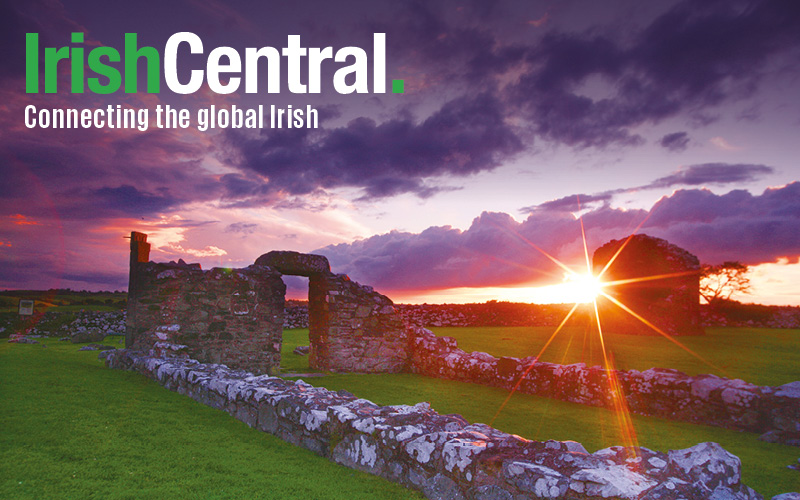A bog body estimated to be up to 3,000-years-old has been discovered on bogland in the Irish midlands.
The National Museum of Ireland has described the discovery, in County Laois, as ‘very exciting’.
Initial examinations of the prehistoric remains, believed to be the result of a human sacrifice, indicate it could be a woman’s body.
A spokesman for Ireland’s National Museum confirmed to the Irish Times that the find is one of very few bog bodies discovered in situ. As a result not only the remains but its intact environment can be studied.
Keeper of the Museum’s Irish antiquities division Ned Kelly told the paper that there have been over 100 bog bodies found in Ireland.
Many, he said, were not well preserved and some were just parts of bodies removed from their sites and found inside milling machines.
“At present we can see a pair of legs, which are quite well preserved, probably the best preserved part of the body,” said Kelly speaking at the County Laois site.
“On preliminary examination we can be reasonably certain that it is a late prehistoric bog body.
“At this stage we do not know the precise age or gender of the individual, but the body could be that of a young woman.
“This was probably a ritual deposition of a human sacrifice.”
The body was discovered by an employee operating a milling machine on bogland situation between the towns of Portlaoise and Abbeyleix.
The Irish Times reports that the torso and head, which were in a leather bag, did not survive but the legs were not enclosed by the bag and were preserved by chemicals in the peat.
Work ceased in the area when the discovery was made and the National Museum of Ireland and police were contacted.
Kelly added: “We’ve had a number of other finds in this bog in the past, including bog butter and a pre-historic bronze axe, so the area is of known archaeological interest.”
reported that a Bord na Mona (peat harvesters) worker spotted the body just seconds before his machine was due to drive over the remains, probably destroying them.




Comments